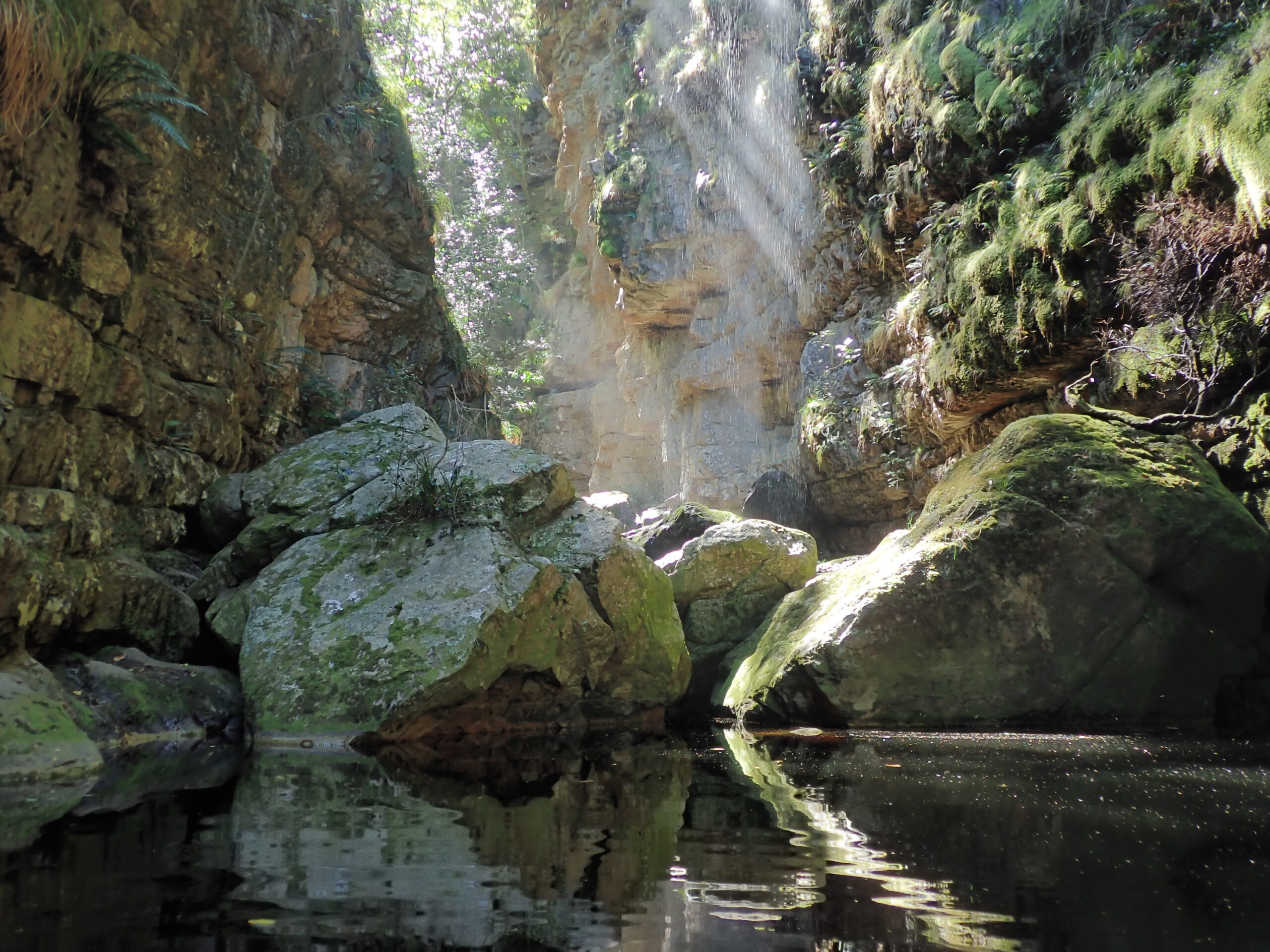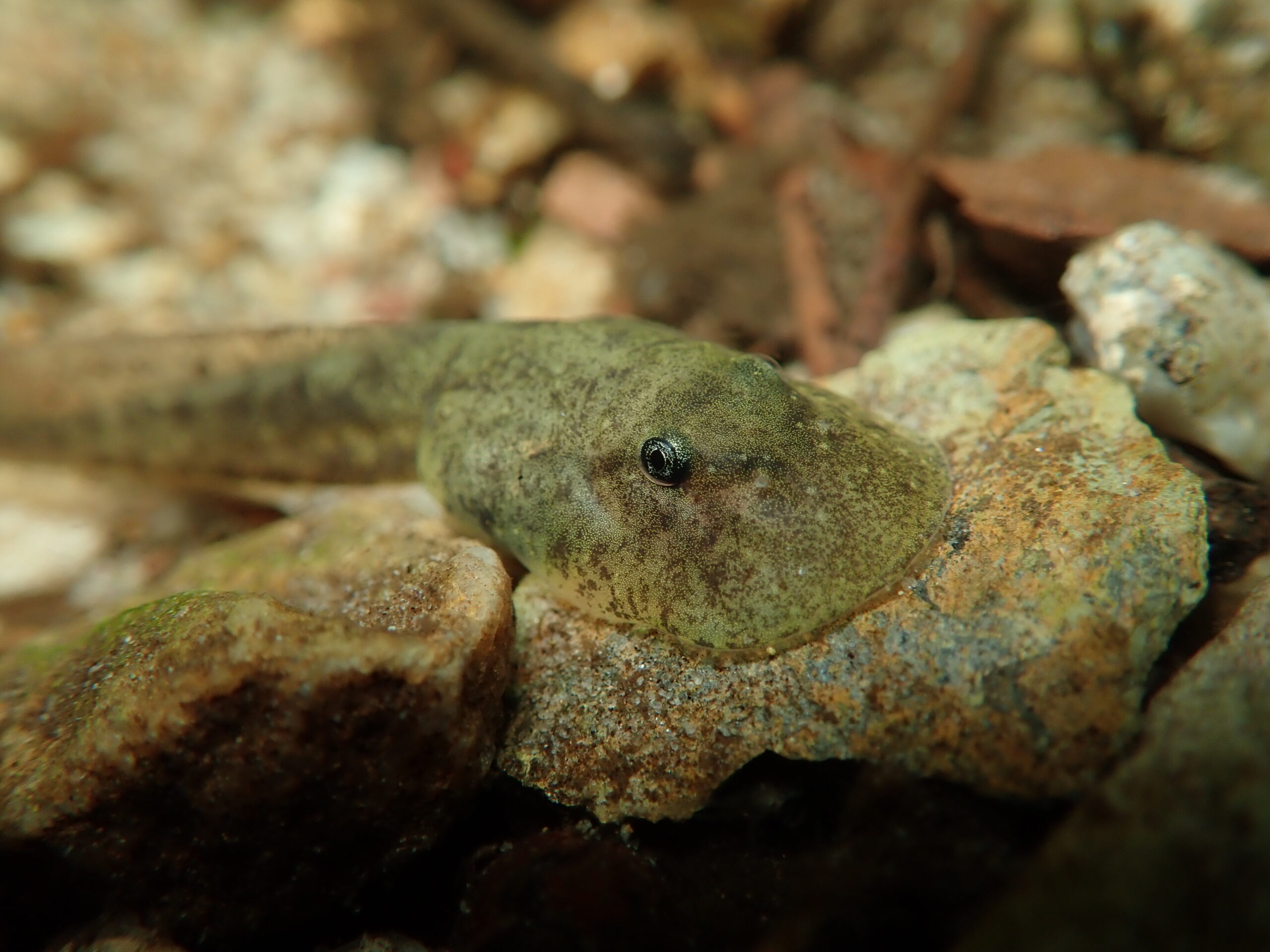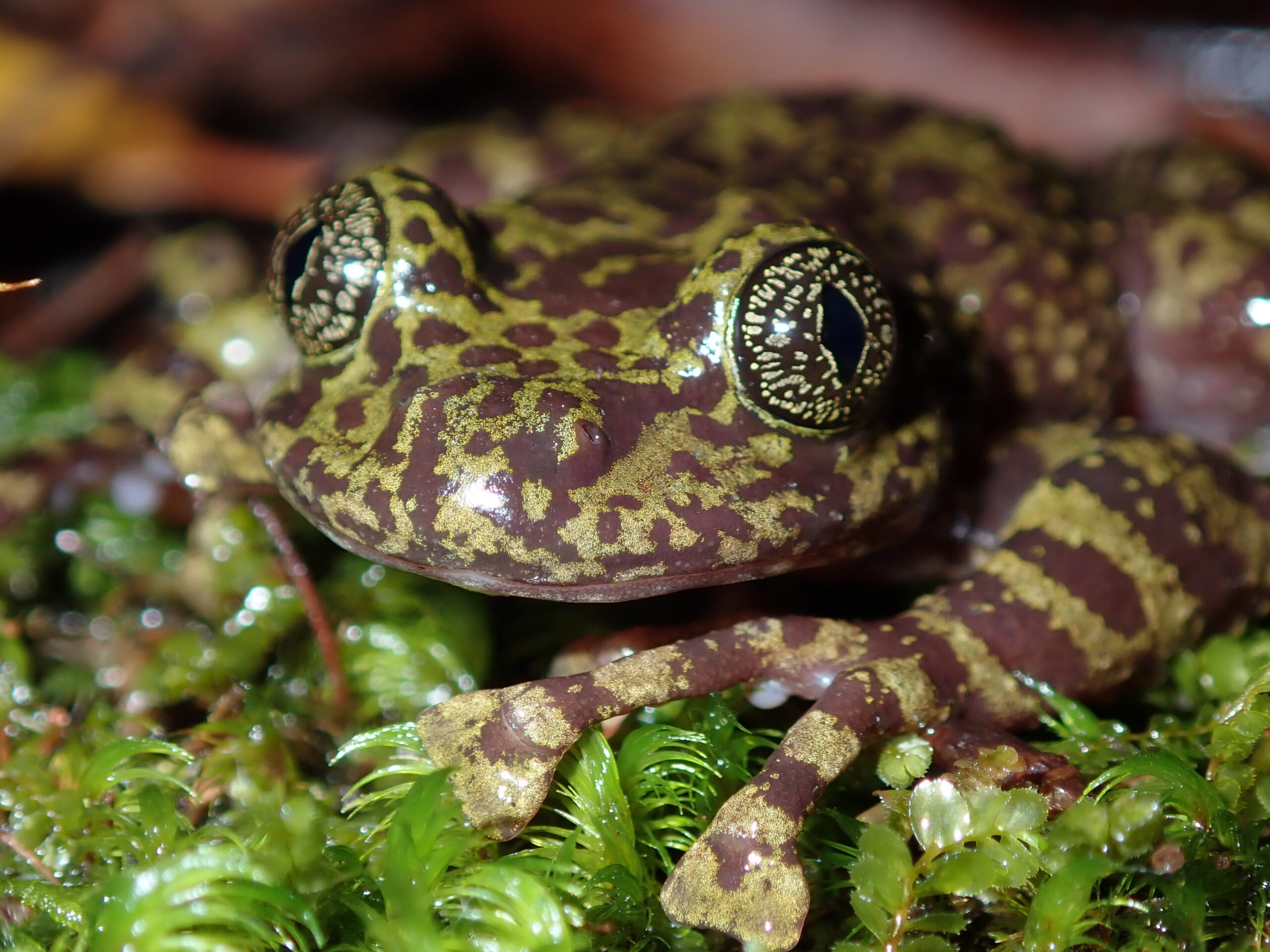‘Tis the season (to talk about the starry night harlequin toad)
Meet the starry night harlequin toad
Named for the clear, dark, starry skies in its mountain habitat of Colombia’s Sierra Nevada de Santa Marta, the starry night harlequin toad (Atelopus arsyecue) is one of the most striking of our Fantastic Freshwater species. Less than two inches in size, the stunning amphibian is recognised by its shiny black skin studded with ethereal white spots.
Sierra Nevada de Santa Marta is home to the indigenous Arhuaco people of the Sogrome community. They call the toad ‘gouna’ and consider it a guardian of the water and a symbol of fertility. Inspiring their ancestors for millenia, the species is viewed as an authority of the natural world. It serves as an indicator to signal actions including when to plant crops, or perform spiritual ceremonies.
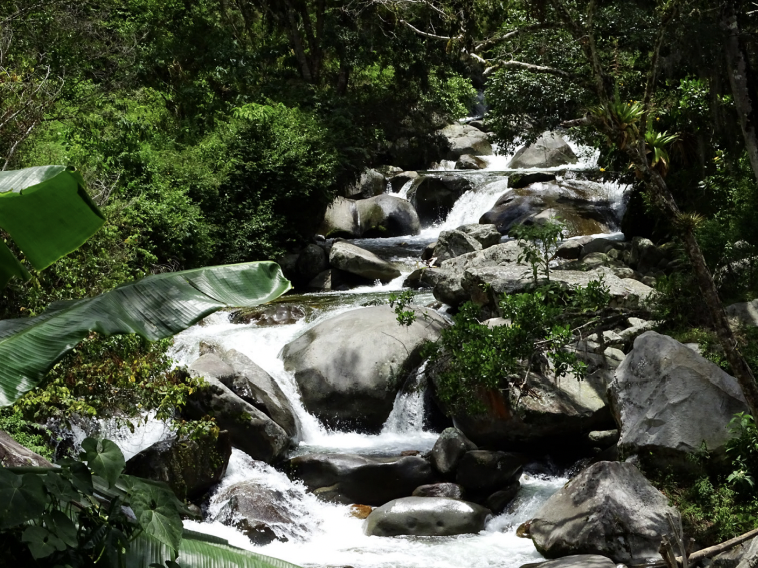
The long (starry) night before the dawn
The rediscovery of the starry night harlequin toad highlights the power of local, indigenous knowledge in protecting and recovering species. Just a few years ago scientists feared the Critically Endangered species was lost. It had not been documented since 1991.
This changed in late 2019 with a unique and poignant partnership between the indigenous people and Fundación Atelopus. Despite the species being lost to science for nearly 30 years, it has never been lost to members of the Sogrome community.
The Colombian NGO, a partner of Global Wildlife Conservation, were in dialogue with mamos, spiritual leaders of the Sogrome community for four years before they were allowed to see (just see) the starry night harlequin toad. This is a test of trust the Arhuaco call “resisting temptation”.
Several more months passed before the community permit the Fundación Atelopus to return to the sacred Sierra Nevada de Santa Marta to achieve photo documentation of the rare amphibian on a Global Wildlife Conservation-funded expedition
Other harlequin species “rediscovered by scientists in recent years include the Costa Rican variable harlequin toad in 2013, the Azuay stubfoot toad in 2015, and the longnose harlequin frog in 2016.
Other harlequin species “rediscovered by scientists in recent years include the Costa Rican variable harlequin toad in 2013, the Azuay stubfoot toad in 2015, and the longnose harlequin frog in 2016.
Not just for Christmas
The starry night harlequin toad is one of the 50 landmark species at high risk of extinction identified in SHOAL’s Fantastic Freshwater* report. Published on 19th May 2022 (International Day for Biodiversity), Fantastic Freshwater highlights the diversity and beauty of freshwater species and the immense threats they face to their survival.
According to the 2004 IUCN Red List of Threatened Species, 80 of the known 96 harlequin toad species are Endangered, Critically Endangered or Extinct in the Wild. This is due in part to the rapid spread of the amphibian-killing fungus known as chytrid. Scientists have observed that harlequin toads are hit especially hard by the disease.
The species is being threatened by:
- Habitat loss and degradation from agricultural activities including livestock, along with fire and logging.
- Chytridiomycosis, a deadly chytrid fungus.
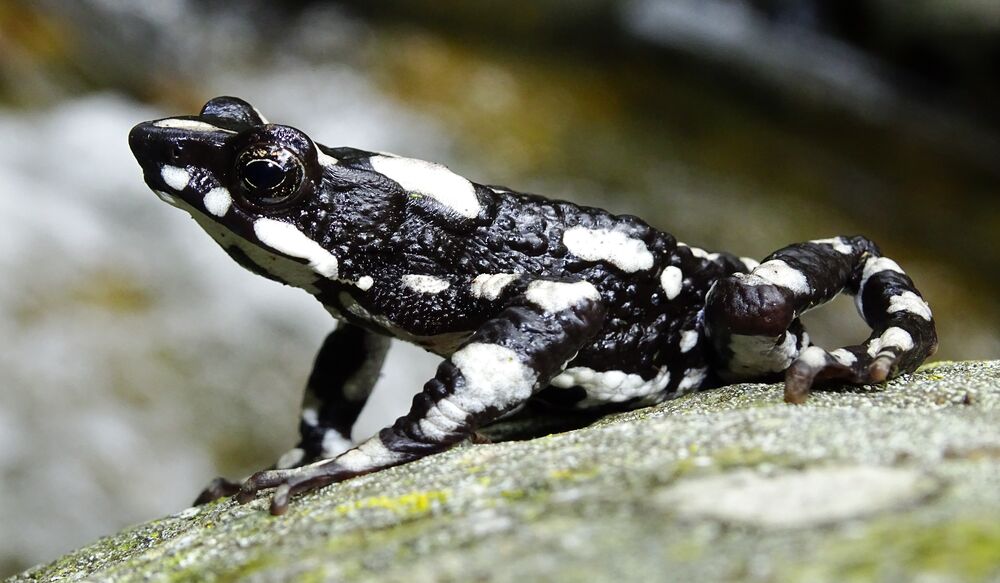
Conversations continue between Fundación Atelopus and mamos. It’s hoped that the special relationship will combine Western scientific knowledge and the indigenous scientific, cultural and spiritual knowledge to give the species its best chance going forward.
If you want to support the work SHOAL are doing to conserve freshwater species through action-driven conservation donate here. Don’t forget to subscribe to our newsletter The Stream to get all the latest freshwater news straight to your inbox
*The Fantastic Freshwater: 50 landmark species for conservation report is led by SHOAL, the IUCN Species Survival Commission (SSC), the IUCN SSC Freshwater Conservation Committee, and the Global Center for Species Survival at the Indianapolis Zoo.
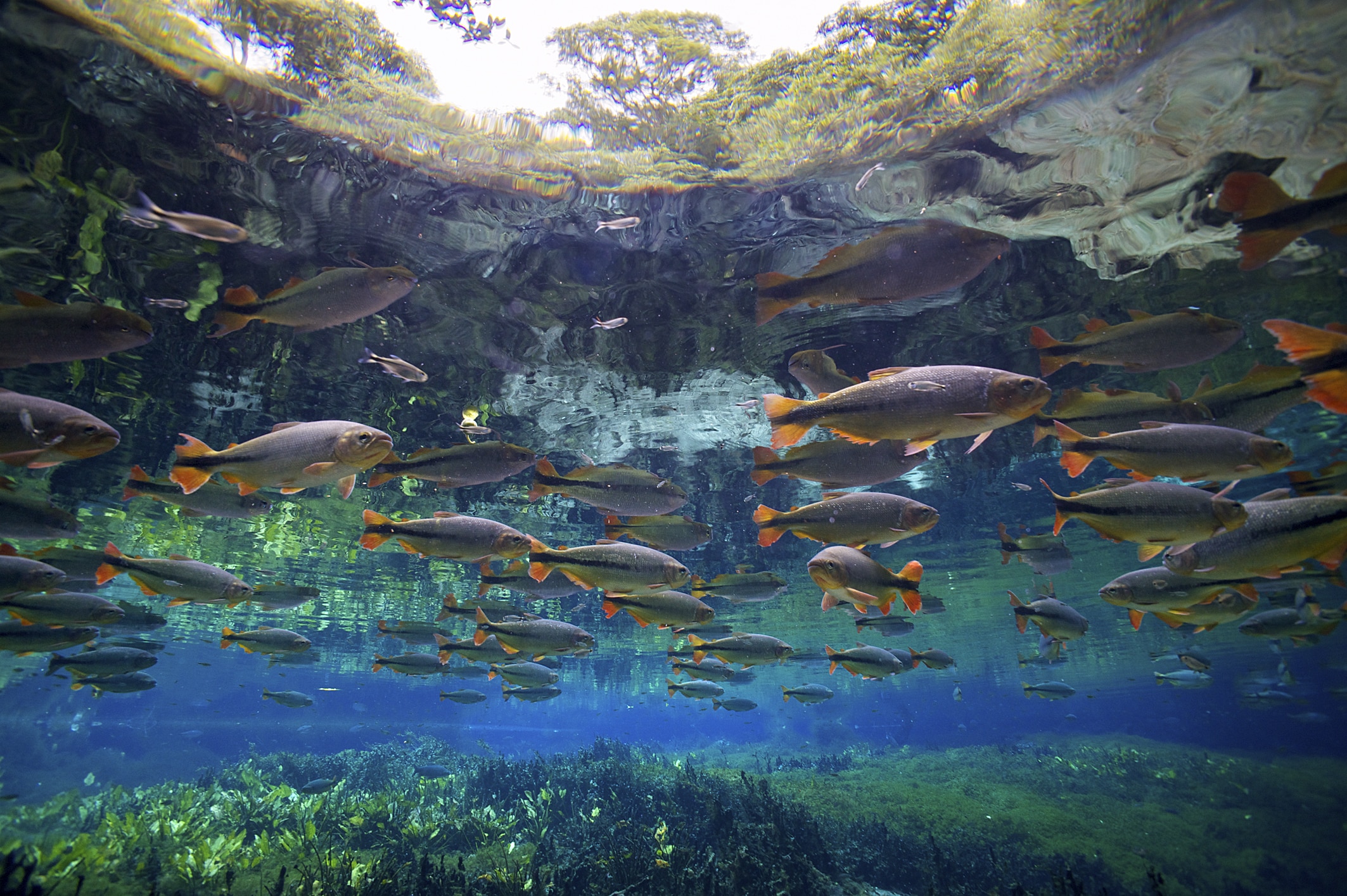
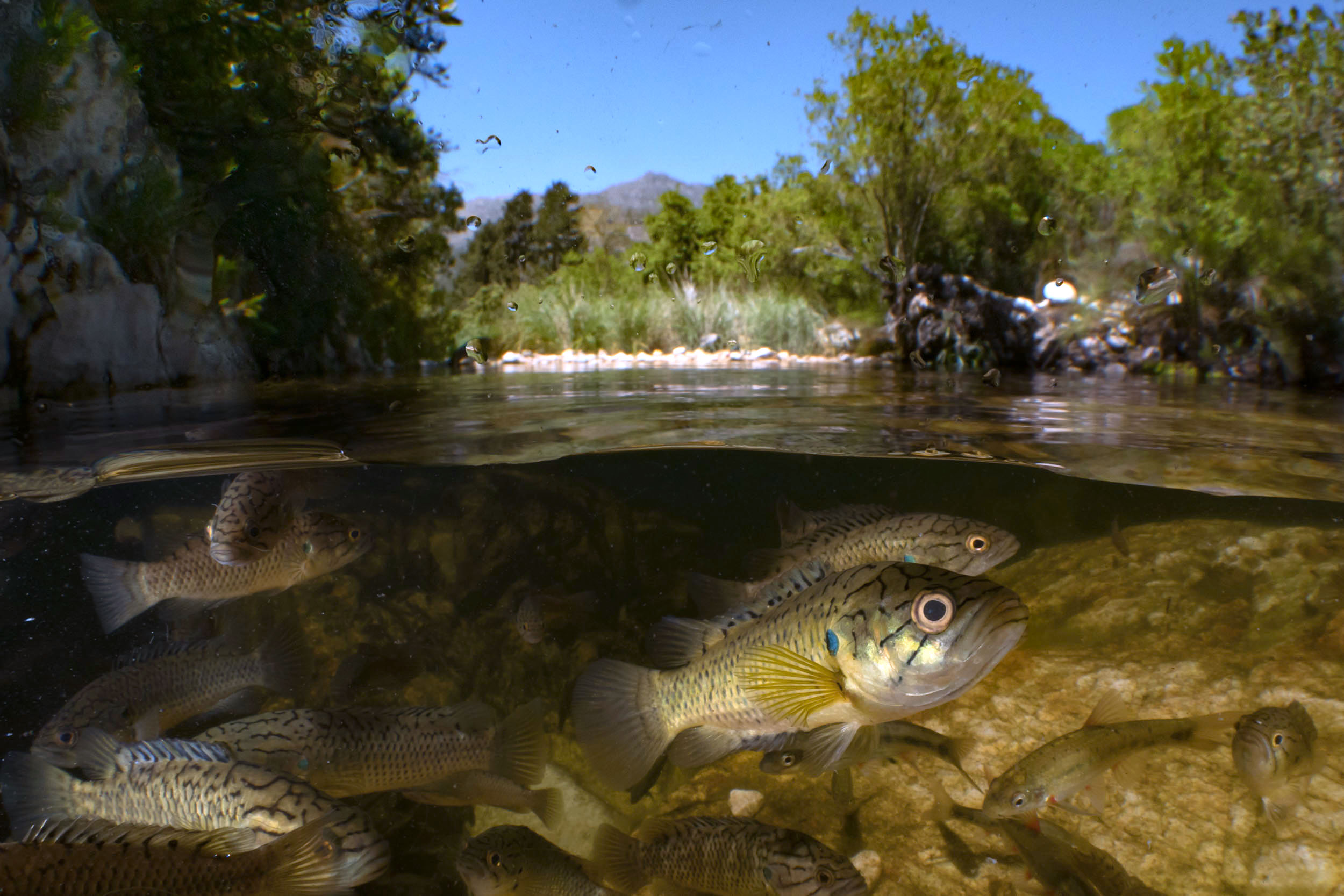
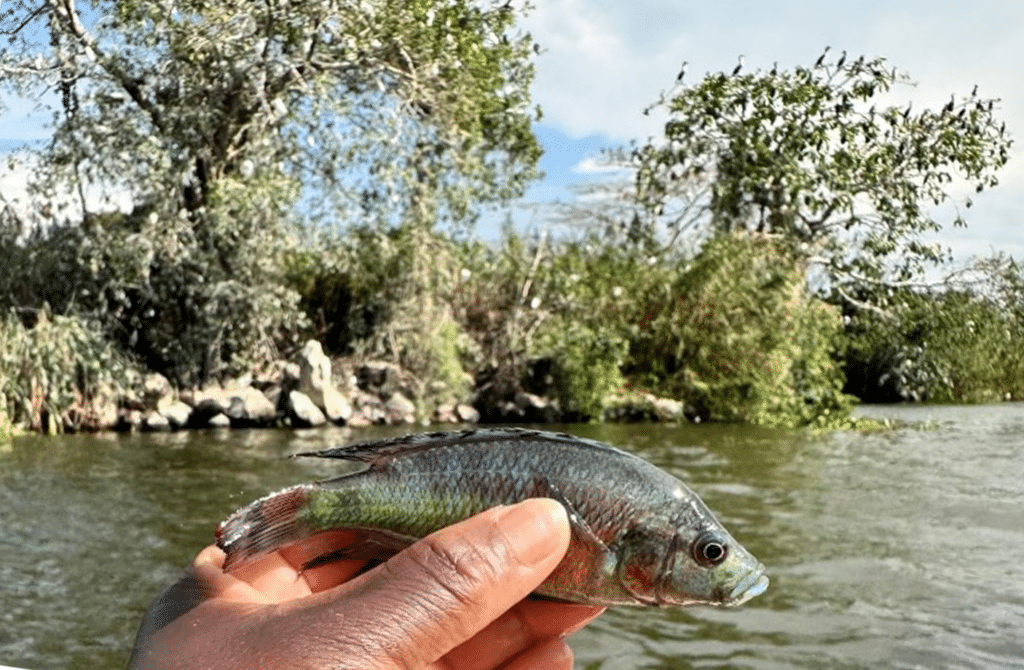)
)
)

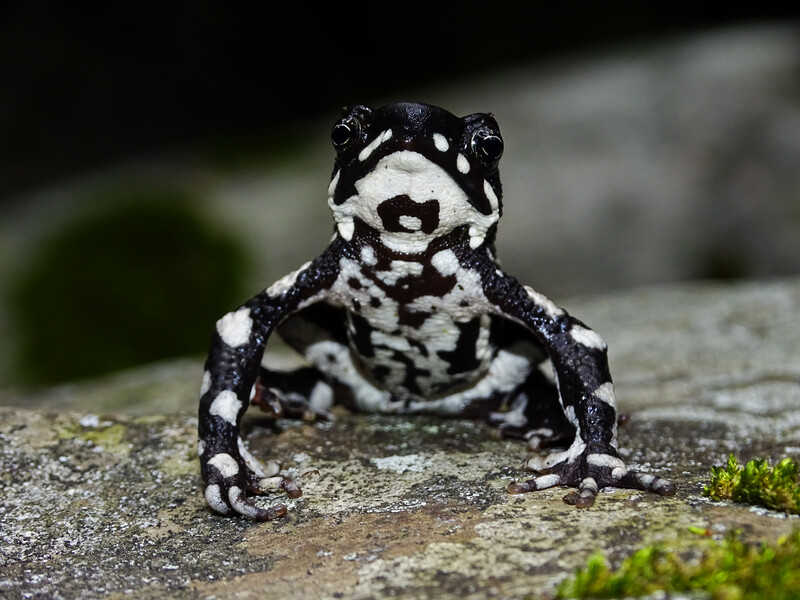)
)
